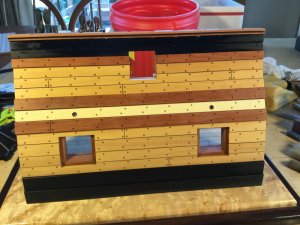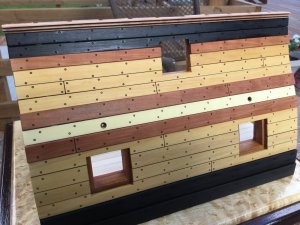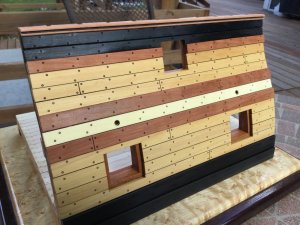The planking is realy looking good, also with the 5 shift pattern of the joints !
Uwe... LOL!!
 |
As a way to introduce our brass coins to the community, we will raffle off a free coin during the month of August. Follow link ABOVE for instructions for entering. |
 |
 |
The beloved Ships in Scale Magazine is back and charting a new course for 2026! Discover new skills, new techniques, and new inspirations in every issue. NOTE THAT OUR FIRST ISSUE WILL BE JAN/FEB 2026 |
 |
The planking is realy looking good, also with the 5 shift pattern of the joints !
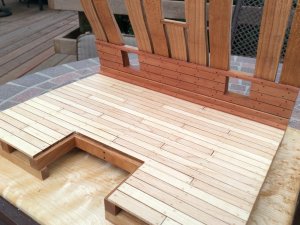

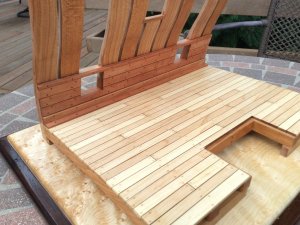
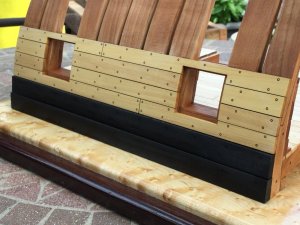
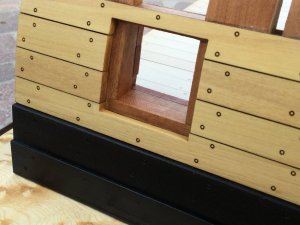
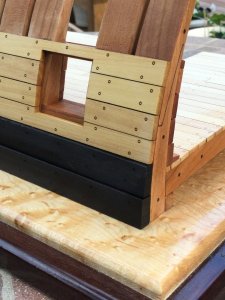
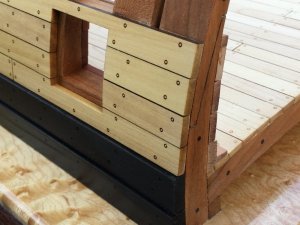
Looks real sweet Dave, how did you scribe the scarf joint? A real nice touch

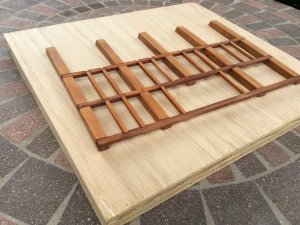
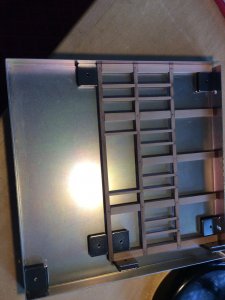
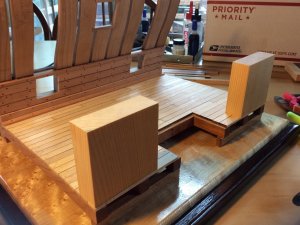
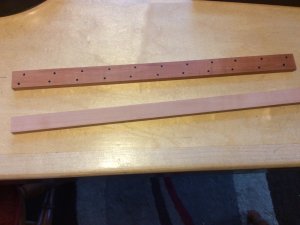

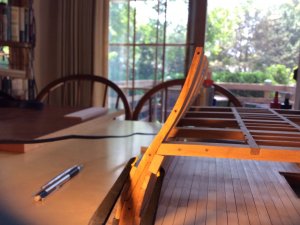
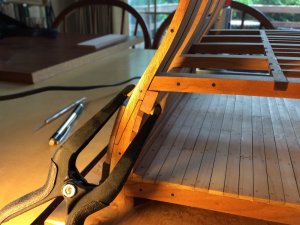
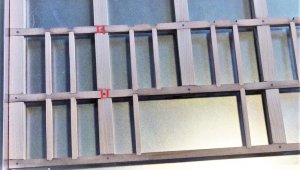


The squaring jig is simply a steel square qith the edges turned up perpendicular to the base. Objects are held in place by magnets. I included a shot of the deck framing in the jig!

